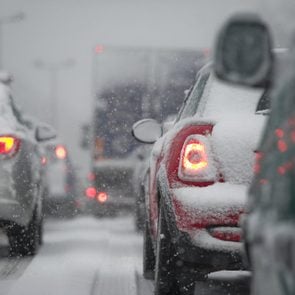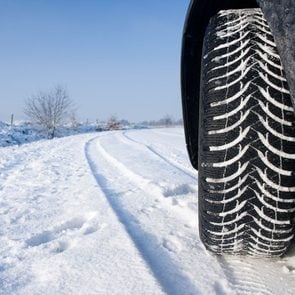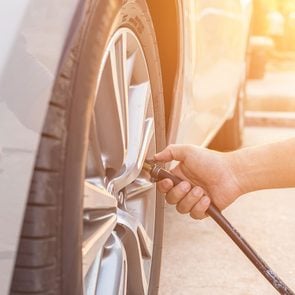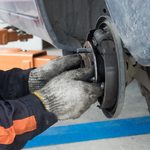What Is Ideal Tire Pressure in Cold Weather?
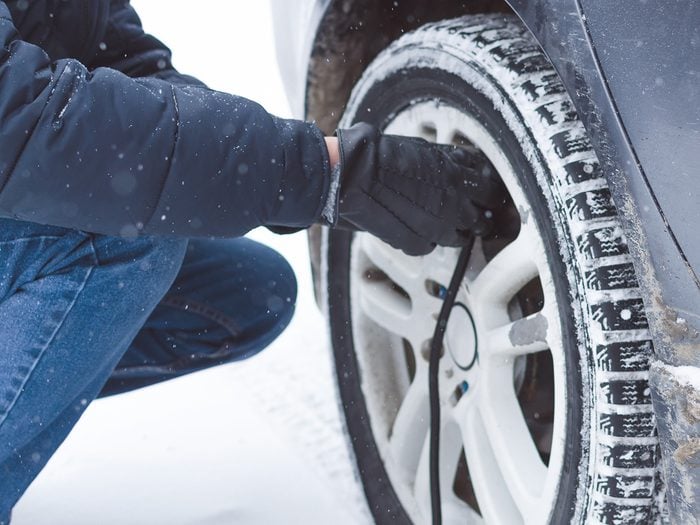
Lower temperatures mean lower tire pressure, so be prepared to inflate your tires more often during the cold weather months.
Cars typically require a tire pressure of 30 to 35 psi (pounds of force per square inch). The recommended psi for your car is the ideal tire pressure year-round; there aren’t different numbers for summer or winter. The temperature does affect tire pressure, however. So when the temperature drops, you might be inflating your tires more often to maintain ideal pressure.
How Does Cold Weather Affect Tire Pressure?
When outdoor temperatures drop significantly, so does the pressure in your tires. When it’s hot outside, warmer air molecules in the tire move around faster and bump into each other more, raising the tire pressure to a potentially overinflated level. When the temperature drops, the air molecules slow down and stick together, resulting in a drop in air pressure and a potentially underinflated tire.
Many tire manufacturers, such as Firestone and Goodyear, estimate that tires lose one psi for every 10 degrees Fahrenheit (approximately 6 degrees Celsius) the outside temperature drops. If your car has a Tire Pressure Monitoring System, the warning light will be triggered by at least a 25 per cent drop in tire pressure. (Take this quiz to see how well you can decode dashboard warning lights.)
Checking Tire Pressure
Check your tires when your car has been parked for at least three hours. (Driving raises the air temperature and therefore the air pressure in the tires.) Your car’s ideal tire pressure is usually listed inside the driver-side door. Be sure to check the recommended pressure for the front and rear tires in case they’re different.
Insert a pressure gauge into the tire air valve swiftly and firmly for an accurate reading. Then immediately replace the air valve cap to avoid letting out any air. If your tires are below the recommendation for your car, use an air compressor to inflate them until you get the right reading.
It’s best to check your tires once a month, but during the winter you might need to check them more often. Other signs that your tires might be underinflated: They look flatter than usual; the steering wheel shakes; or it takes longer to come to a stop when braking.
Don’t Be Tempted to Drive on Underinflated Tires
There’s a school of thought in snowier locales that underinflated tires are better for driving on snow because the tires will make more contact with the surface. While that’s technically true, it’s never safe to intentionally drive on underinflated tires. Driving on underinflated tires makes you three times more likely to be in a collision related to tire issues, according to a 2012 study by the National Highway Traffic Safety Administration. Properly inflated tires handle better, save gas and last longer.
Now that you know the ideal tire pressure in cold weather, find out what those numbers on your tires really mean.
